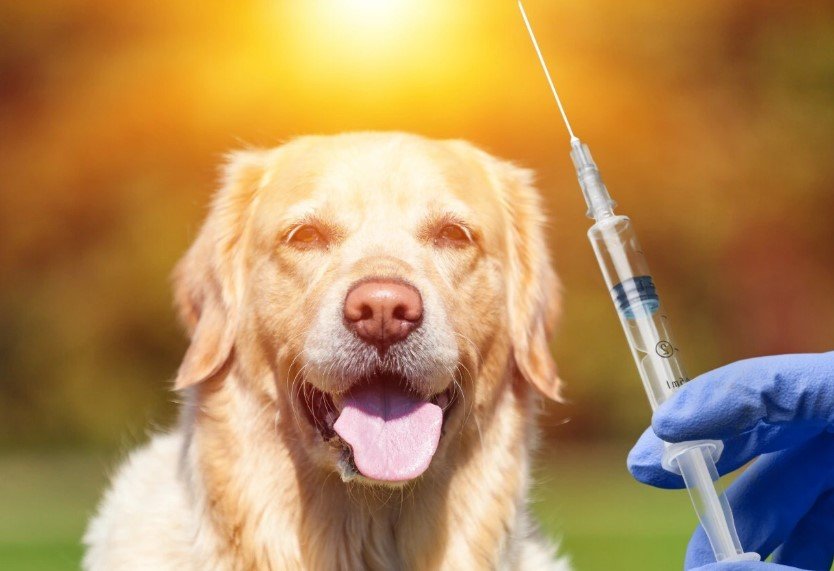A dog bite is more than just a painful nuisance — it can be life-threatening. Rabies is 100% fatal without timely and proper treatment, and experts say the rabies vaccine alone may not be enough to keep you safe.
The Rabies Vaccine: Why It’s Not a Standalone Solution
The Anti-Rabies Vaccine (ARV) is essential, but it’s not an instant fix. It takes about 7 to 14 days for your body to start producing enough antibodies to fight the virus. That’s a dangerously long window for rabies — a virus that moves fast and kills faster.
This is where Rabies Immunoglobulin (RIG) comes in. Unlike the vaccine, which trains your immune system to fight the virus over time, RIG delivers ready-made antibodies directly to the wound. This gives your body immediate backup, buying crucial time until the vaccine kicks in.
Dr. Neha Rastogi Panda, an infectious disease expert at Fortis Memorial Research Institute, points out that RIG is vital in severe cases. “The vaccine alone isn’t enough for deep wounds or bites on the face, hands, or genitals. RIG gives immediate protection, reducing the risk of the virus reaching the nervous system,” she explains.

Understanding the WHO’s Rabies Treatment Guidelines
The World Health Organization (WHO) breaks rabies exposure into three categories. Each category requires a different response:
- Category I: Touching or feeding an animal, or a lick on intact skin — No treatment needed.
- Category II: Minor scratches or nibbling on unbroken skin — Vaccine required.
- Category III: Deep bites, wounds, or saliva contact with broken skin/mucous membranes — Vaccine and RIG required.
For post-exposure prophylaxis (PEP), WHO recommends a 4-dose vaccine schedule on Days 0, 3, 7, and 14 — with a 5th dose on Day 28 for immunocompromised individuals.
If you’ve had pre-exposure prophylaxis (PrEP) before the bite, you’ll only need 2 doses on Day 0 and Day 3. RIG won’t be necessary.
Rabies Immunoglobulin (RIG): When and How It’s Given
Timing matters. RIG works best when given within 7 days of the first vaccine dose. After this, the vaccine produces enough antibodies on its own.
Here’s what the timeline looks like:
| Time After First Vaccine Dose | RIG Effectiveness |
|---|---|
| 0-7 days | Highly effective — must be given immediately. |
| After 7 days | Not needed — the vaccine is working by now. |
Dr. Sanket Mankad from Shalby Hospitals warns that skipping RIG in severe cases leaves a dangerous gap. “Without RIG, the virus can still reach the central nervous system before the vaccine takes full effect — and once it does, it’s fatal,” he says.
Why RIG Access in India Remains a Struggle
Despite its life-saving potential, RIG remains hard to get in many parts of India — especially rural areas. Human rabies immunoglobulin (HRIG) is effective but expensive. Equine rabies immunoglobulin (ERIG) is a cheaper alternative, but still tough to find.
Costs tell the story:
- Rabies vaccine: Rs 300 – Rs 400 per dose
- Rabies Immunoglobulin (RIG): Rs 4,000 – Rs 6,000 per dose
On top of that, cold storage and transportation issues make RIG even scarcer. Dr. Panda notes, “Many healthcare workers aren’t trained in WHO’s protocols. That, plus logistical issues, leaves patients vulnerable.”
Public awareness campaigns are critical. People need to know that a vaccine alone isn’t always enough — and that RIG can mean the difference between life and death.
